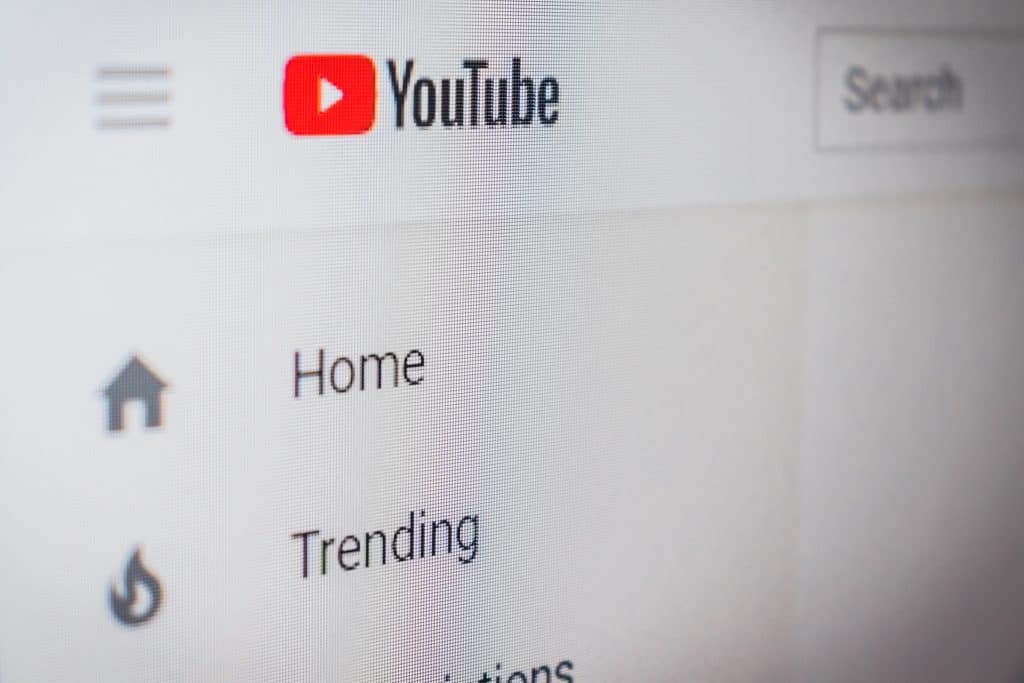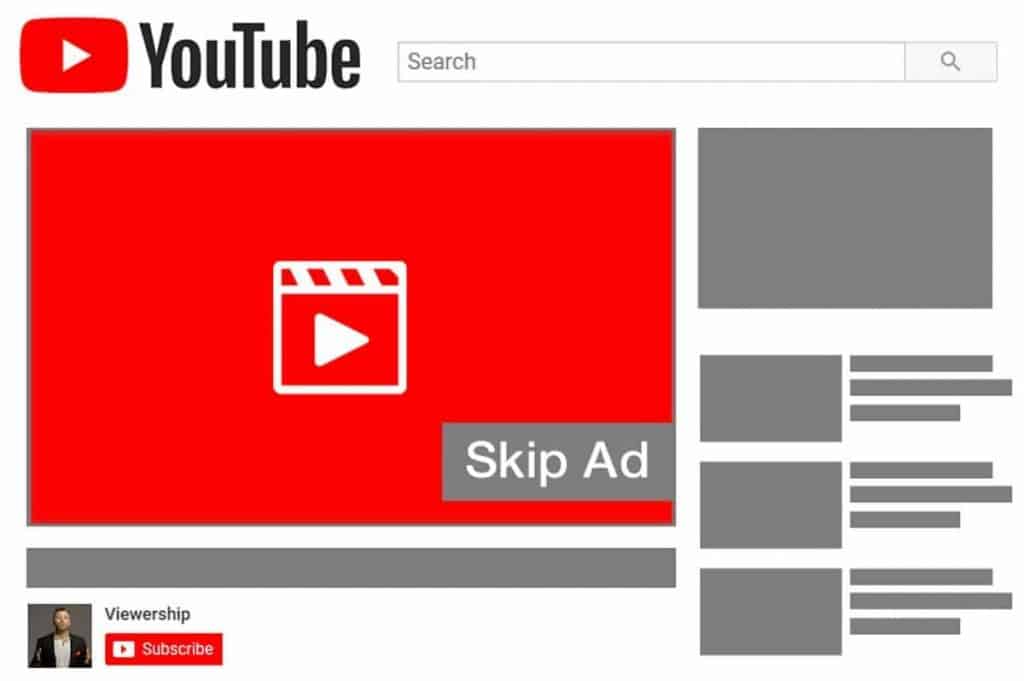Facebook Marketplace has been something of a revelation for many people, combining the convenience of sites like eBay and Gumtree with a distinctly more localised approach. Many people prefer to sell one-off items on Facebook because of how easy it is to find buyers nearby. And the same goes for buying things—it’s often more appealing to look in your local area for something you could perhaps walk to pick up, rather than something that might have to be shipped across the country. But what about something a little larger in scale?
In other words, can you make money on Facebook marketplace? Like, real money. Not just a bit of extra change for some old items you don’t need anymore.
The answer, of course, is yes. As long as you have something to sell, you can certainly make money on Facebook Marketplace. As for getting items to sell, we’ll leave that for another post, as it can be quite an in-depth topic in its own right. But, whether you buy items in bulk, import from China, or even make the thing you’re selling yourself, we have a slew of tips to help you ensure that product gets sold.
And, if you are just selling one or two items you don’t need anymore and have no intention of making this a regular thing, read on! These tips should still be useful for you.
What You Should Know About Facebook Marketplace
Before we get started, let’s cover a few basics about Facebook Marketplace for anyone who is new to it, or wants a little refresher course. The Marketplace is open to anyone who has a Facebook account and is not in trouble for breaking any of Facebook’s rules.
For the most part, there are no restrictions on the types of things you can sell. The exceptions to this include anything that is illegal, weapons or explosives (even if they are legal where you are), and anything that would require the buyer to be a legal adult, such as alcohol. Oh, and animals. You can’t sell animals.
Finally, you can’t sell services. That means you’re not allowed to offer something like car washing, dog grooming, house painting, or anything else that doesn’t involve money being exchanged for an item.

Tips for Making Money on Facebook Marketplace
Now, onto the tips. We’ve put together six tips we feel will give you the best chance of a successful sale on Facebook Marketplace.
Presentation is Everything
Often the first mistake people make when selling things on Facebook Marketplace is being too casual with their listing. This can seem a little paradoxical because one of the reasons Facebook Marketplace is so popular is the decidedly local feel it gives. It’s a lot more like selling something to a neighbour at a garage or car boot sale than it is taking your items to auction.
Still, even with that in mind, it pays (literally), to put a little effort into the presentation of your item when you make your listing. Potential buyers may know that they are buying a second-hand item from a neighbour, but given two identical items for the same price, they will nearly always go for the one with the nicer photos. Here are some sub-tips for making sure your photos are up to scratch.
Clean Your Item
Firstly, give whatever it is you are trying to sell a bit of a sprucing up. If it can be cleaned, clean it. We’re not saying you should turn it into a full restoration project, but a bit of wipe or dust down will usually go a long way.
Of course, it’s important not to damage the item, so be careful about what you clean it with, as many cleaning products will have some materials they are not meant to be used on. And, if the item is somewhat fragile, such as an antique of some kind, it might be best to leave it well enough alone.
Stage Your Photo
Making sure the thing you’re selling is presentable is only half the battle, if the pictures you take don’t show the item off in all its glory, it can the same effect as not sprucing it up a bit before taking the pictures.
Always make sure you have good lighting when you take your photos. You don’t need to buy a professional lighting rig for this—everyday sunlight will do just fine. The placement of the lighting is important, too. If you have a lot of light behind the item, it will make it hard to see. Also, try and get the item in front of as plain a background as possible. If the background of the image is too busy, that also makes it harder to see the item.
Take Multiple Photos
So you’ve cleaned your item up and you’ve staged the photo perfectly… now what? Well, you certainly shouldn’t just sit back and admire your handiwork. Get the camera back out and snap a few more pictures from different angles.
Not only will having more pictures increase the likelihood of someone purchasing your item, but it could also save you time in responding to questions from potential buyers. If there are any points of interest on the item, try to include them in a picture. For example, if you are selling something electronic, try to include a picture that shows any stickers or stamps regarding voltage or classification information.

Make Your Description Useful
It can be easy to skimp on the descriptions when selling on Facebook Marketplace. After all, you’re not writing a product description for a professional store, are you?
Leaving aside the fact that a lack of information—or badly written information—is a turn off to some, this is another situation where you should put a little extra effort in to save yourself some time in the long run. If the listing does not answer the obvious questions about the item you are selling, either through the pictures or through your description, you will almost certainly get interested parties messaging you to ask.
Use Keywords
Keywords may not be the kind of thing you’d associate with what is essentially a classified listing, but they shouldn’t be overlooked. Facebook does its best to make sure any bargain hunters on the marketplace find what they’re looking for, but there’s no sense in making it harder than it needs to be.
Make sure your listing contains any important words. For example, if you are selling a used video game for the PS4 console, your description should, at the very least, include the words “PS4”, “game”, “console”, and “used”. Also, while we’re not sure how much of a difference it makes to Facebook’s search algorithm whether the description is well-written or not, you should try to write the description clearly anyway for the sake of the potential buyers who are going to be reading it.
Be Honest About Your Item
Being honest about what you are selling is important for several reasons. Firstly, it’s just morally wrong to lie about what you’re selling. If that’s not enough, however, there’s also the fact that it could lose you sales. You might fool someone, but someone who knows the item might be able to spot the lie. And, finally, lying would be a shortsighted way to make a sale, as you would then have a reputation for it, which would make it harder to sell items in the future.
List Items Individually
Don’t group several items together for convenience, because it makes them harder to sell. Now, we’re not suggesting you sell an Xbox gaming console and its power supply separately, but if you had a dozen Xbox games to sell, grouping them may make it harder to get a sale, as the buyer will have to be willing to purchase all of the game rather than just one of them.
Price Your Item High (But Not Too High)
Don’t go crazy, but pricing your item a little higher than you’re willing to sell it for will give you a little barter room. Many buyers on Facebook Marketplace like to haggle the price down and are more likely to buy if they can get a bit of money knocked off. Adding a little on allows you to get the price you’re after while letting the buyer feel like they’ve got themselves a better deal. Of course, if you price it too high, most buyers will just keep on browsing straight by your item.
Final Thoughts
Facebook Marketplace is certainly more of a tool for selling things you no longer have a use for but could still be useful to someone else, like electronics you have upgraded from, or old furniture. That being said, it is still a viable business tool, as you can sell almost anything on there, and that includes products you stock.
As with any marketplace, presentation is most of the battle. Make sure your descriptions are accurate and give the buyer all the information they need, and make sure your pictures are clear and show all parts of the item that might need to be seen.












